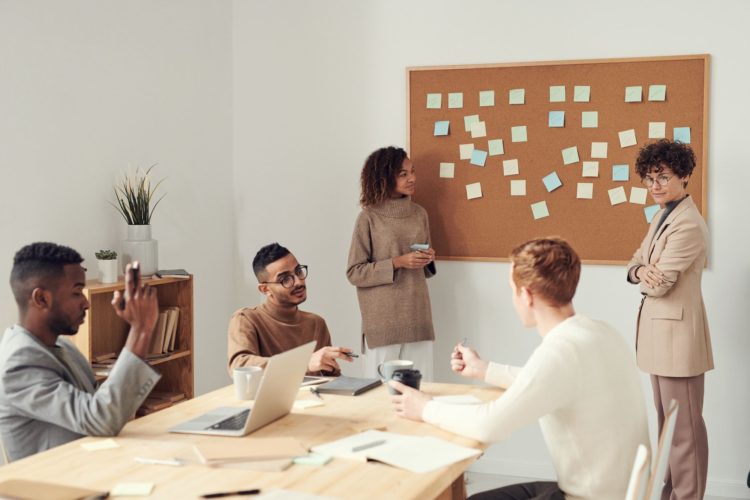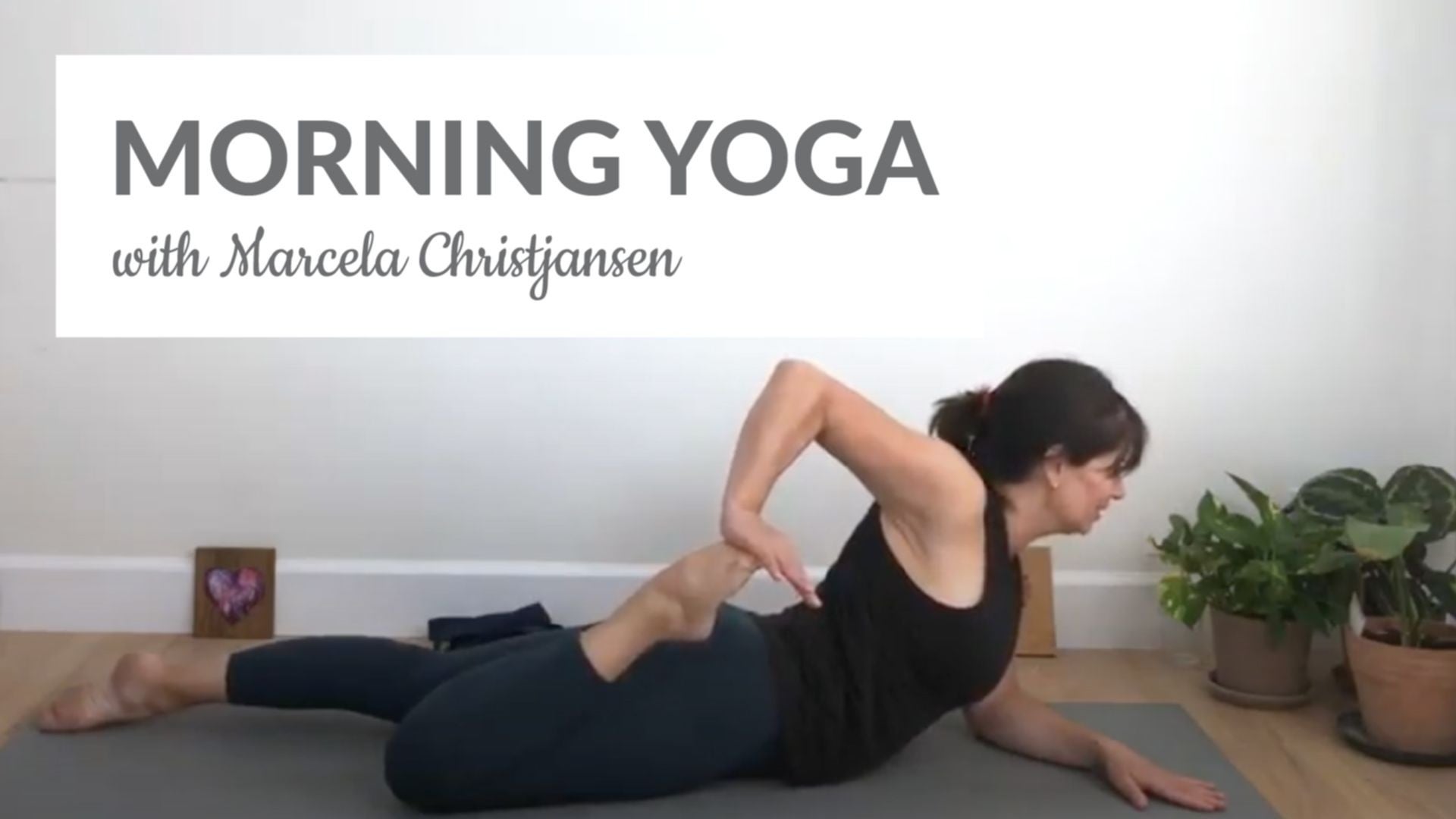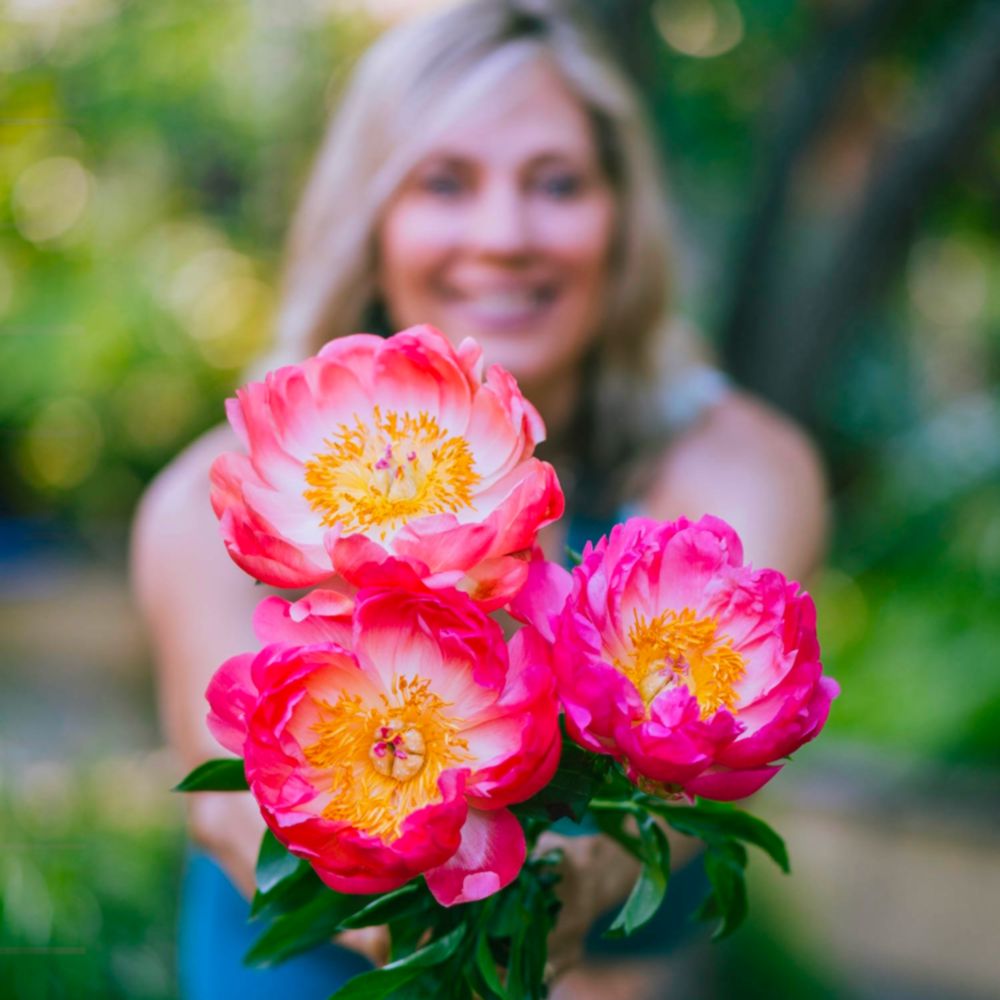In today’s workplace and at home, people are battling anxiety, depression, and burnout to a degree we haven’t encountered before. Navigating these uncertain times takes its toll. 2020 took us for a ride that will have ripple effects for years to come. How do we take control of our minds and consciously guide them to be productive instead of destructive? After all, our minds are really the only thing we can control in these turbulent times – that is, if we’re equipped with the right tools. In a recent study, Trinity College scientifically proved the connection between breath and attention, which yogis have known for centuries. In this article, I will discuss the effects breath has on our focus and well-being and how to utilize it to our advantage.
A Bit of History for Context
Yoga got noticed in the west mainly because of the man known as the “Grandfather of Yoga,” Tirumalai Krishnamacharya. The postures and sequences as we know them today in modern yoga were brought to the west mainly by his disciples. Krishnamacharya was known to be able to stop his own heart at will using yogic techniques. How was this possible? By using the breath as the primary technique to master his nervous system. To learn more about this extraordinary man please read Krishnamacharya: His Life and Teachings by A.G. Mohan.
The Nervous System, How It Impacts Us, and How to Use It in the Workplace
How is this relevant to the modern workplace? Right now, more than ever, our sympathetic nervous systems (SNS) are overstimulated, prompting the fight-or-flight response in our reptilian brains. This part of our nervous system gets triggered when we feel stressed or threatened, and when too much of our attention is directed externally. When the sympathetic nervous system governs us, we are not in a place where we can effectively listen to other people or receive any coaching, let alone be creative. We are running a hundred miles per hour with blinders on. Not the most effective way of using our senses. Have you ever been in a meeting when it feels like no one’s listening to each other? Are they just talking over others, trying to get their points across? If so, then you know exactly what I mean. A great example of this would be the first presidential debate of 2020.
Yoga provides us with a toolset that can be implemented to balance our nervous system and even stimulate the parasympathetic nervous system (PNS). When triggered, the PNS prompts us to rest and digest. Activating this part of our nervous system makes us receptive, able to listen and digest the information, slowing down to the point where we can be more analytical and make better decisions. By stimulating the PNS, we slow down our heart rate and decrease stress hormones in our system. You know that pesky cortisol that makes belly fat almost impossible to get rid of? Believe it or not, excess belly fat is probably the most cited reason people come to physical yoga. The thing is, it’s going nowhere unless you finetune your hormone system. Something you can use both postures and, more importantly, the breath to do. Of course, there is a delicate balance; if we go too deep, we are going to want to roll over and have a nap. It’s that slightly-hazy, relaxed feeling you get after a good massage or yoga session. It’s fair to say that we don’t spend enough time slowing down to the point that we’re at risk of overdoing it. (For more in depth information about the nervous system and its functions please see the article The Central Nervous System: Structure and Function, released by Oxford University Press.
We can measure what state we’re in through our brainwaves. We want to spend the majority of our productive time in brainwaves that promote focus and creativity. We want to achieve the state of flow where creative ideas spontaneously appear from the depths of our unconscious mind. If you ever experienced that shift in brainwaves, you know what I’m talking about. It’s those moments when we move into a creative flow. All humans have a creative way of expressing themselves, perhaps through writing, creating art, movement, or the creative flow of yoga. Whatever your creative expression looks like, It’s safe to say that, to truly tap into it, you need to drop in and relax for it to start flowing.
Even if you focused your attention on smooth, mindful, deep breathing for three minutes and didn’t add any other, more refined, and practical yogic techniques, you would see an incredible difference in focused attention, relaxation, and ability to cope with your situation. To simplify, meditation techniques a tad, if you have a problem with focusing your attention, spend a couple of minutes mindfully observing your breath without interference. If you are prone to panic attacks, anxiousness, or depression, you might consider manipulating your breath for an immediate shift. Yogic breathing techniques (pranayama), specifically deep, relaxed breathing, can have a more profound effect than merely using mindfulness as a stand-alone technique. To safely practice pranayama, it’s imperative that you seek the guidance from an experienced yoga teacher.
Focused Attention, the Cream of Yoga, and How to Fully Harness It
As a species, we haven’t developed physiologically beyond the point of the caveman; technology, on the other hand, has. Right now, most of us live in a world that requires us to be continuously connected to our screens. That directs our attention externally – all the time. Previous generations had the benefits of mindfully being in the moment, in deep communion with the elements of nature. This allowed the brain to naturally and organically unwind to start fresh again with renewed energy when it needed to be fully engaged, a natural shift between different brain waves for optimal well being. We have successfully removed these critical elements of well-being and well functioning. If we do not develop tools to be mindful and direct our attention internally again, exhaustion, depression, and burnout will inevitably follow.
One of yoga’s critical practices, before we can even begin to speak about meditative states, is the ability to direct your attention inward at will. We call this pratyahara in yoga, and we cultivate this state through breathing techniques and specific postures for years before we move on to enter deeper states of meditation. It’s the prerequisite to move on to the next level, which allows us to focus our attention. Now, this is the cream of yoga. The ability to direct your attention. We call this dharana in yoga, and it can be used to enter deeper states of meditation, or it can be used for optimal productivity. The beauty of learning these techniques is that you can choose to use your attention to be productive in the workplace or if you want to use it to shut down, rest, and restore.
I work with so many brilliant people that have the ability to hyperfocus their minds, but they can’t shut them off. You must be the master of your mind. Your well-being relies on you having the tools to control your mind. Even to a minimal degree. So many people today can not find the off button. They are running around like headless chickens all day, reacting to life without being strategic about how they use their energy and focus. They then go to bed and are unable to sleep because of their racing thoughts. Sound familiar? Please don’t feel bad; we were not built to handle our current environments.
Micro Meditations: The Yogic Fix and How to Use It in a Corporate Environment
So far, we have learned about all the benefits of yoga and how we’d love to have all our employees in full control of their focus and well-being at all times. How do we accomplish this? It’s straightforward. I think we can all agree that we are a function of our habits. And a small frequent, and sustained change in practices can have massive accumulative effects over time. It’s better to do five minutes of yoga a couple of times a day, in front of a red light, while waiting in the food line or before bed in the evening, then to do hours of yoga once a week. You want to train your brain to enter the state of flow and stay there throughout the day. And when it strays, gently guide it back to your desired brainwave frequency. The best way of doing that is by using micro-meditations, also called kriyas, that focus your mind and shift your breathing patterns.
Breath is the harness that commands the mind. It reels it in and directs it inwards, and then you can choose where to go from there. Once you truly master this, it works the other way around. But for beginners, the key is the breath.
Now, if you wanted to achieve the perfect workplace, you would build in these techniques to kick off every team meeting or 1:1, which are meetings between two employees, typically a manager and an employee. Remember, these techniques take three to five minutes and effectively bring all the people in that group into unison. Suppose you make this a part of your work culture. In that case, you will equip your people with self-soothing tools to make them more resilient and efficient as they navigate change, prepare for difficult conversations, and as a unifying exercise before undertaking a brainstorming activity. You are tapping into the right, productive brainwaves as a team.
Significant ways this could be implemented:
- train your leadership team on how to kick-off meetings and 1:1s
- make the micro meditations available as written down snippets and short videos to watch
Having worked for over ten years in people operations and now teaching yoga and mediation at the same workplace, I have witnessed first hand how making yoga and meditation available to employees increase well-being and happiness levels among employees.
















